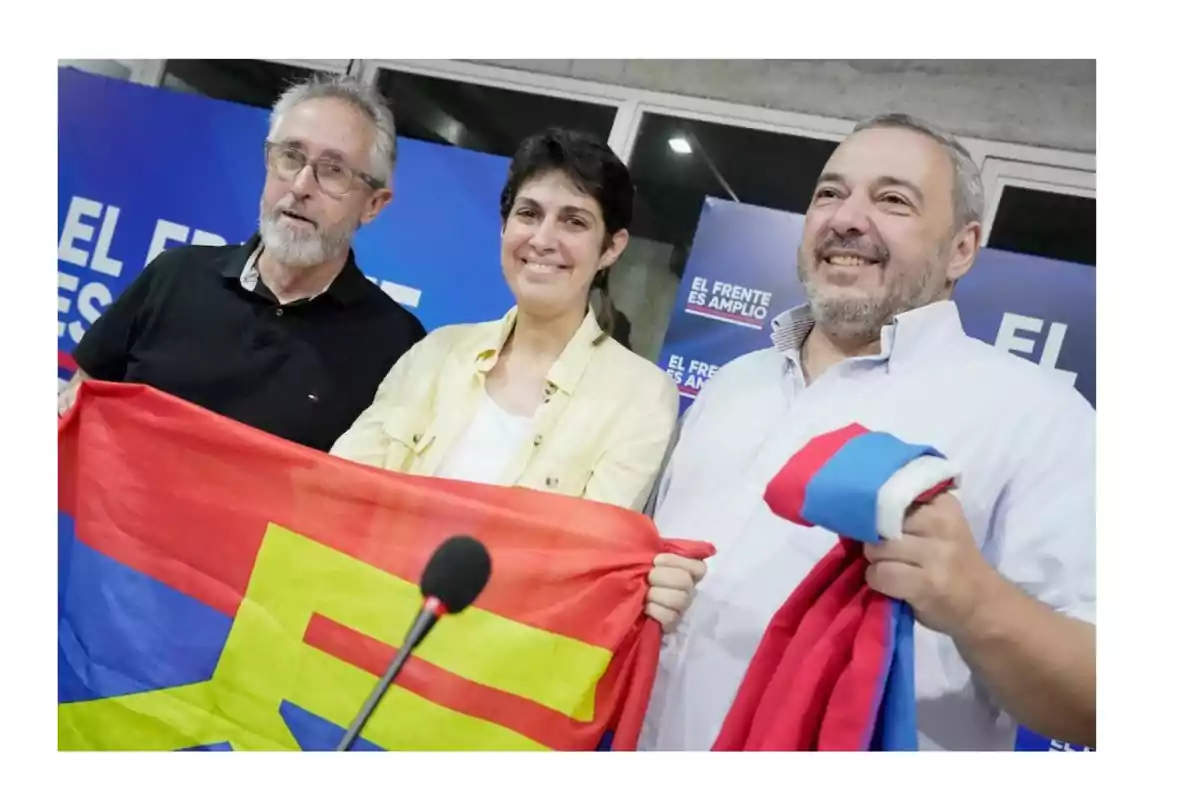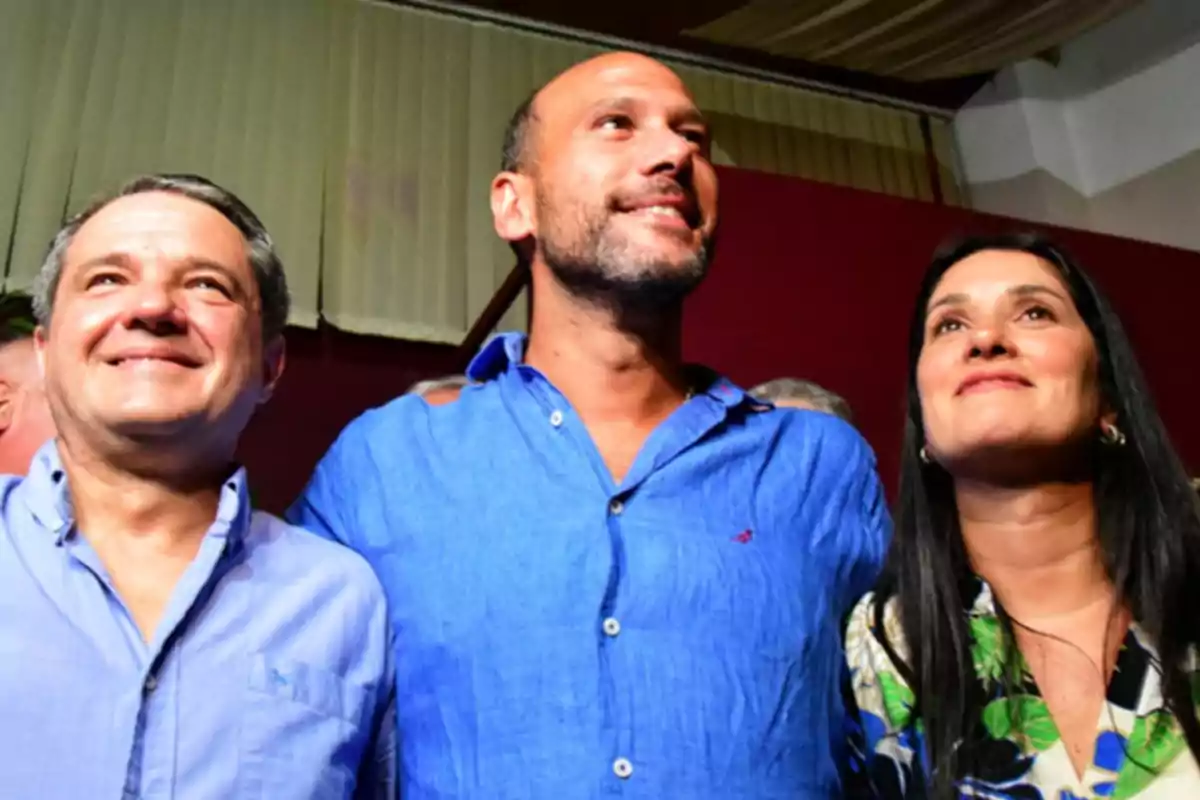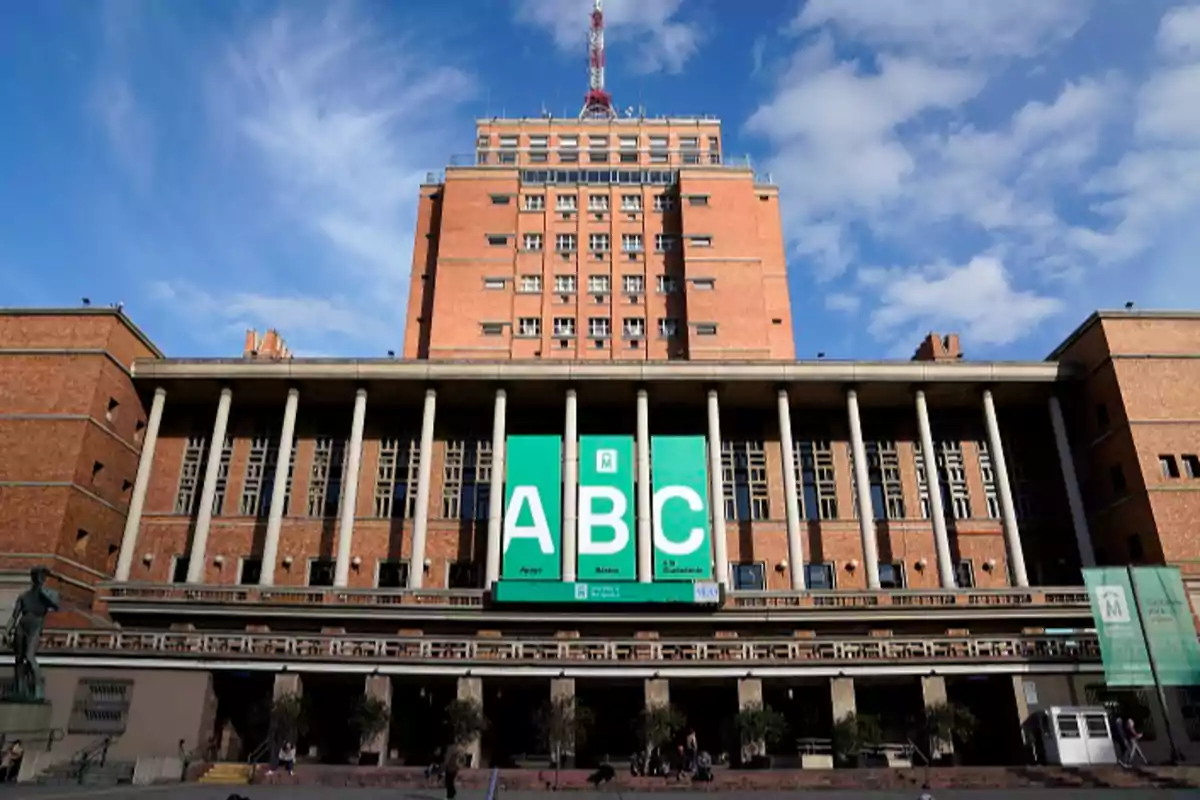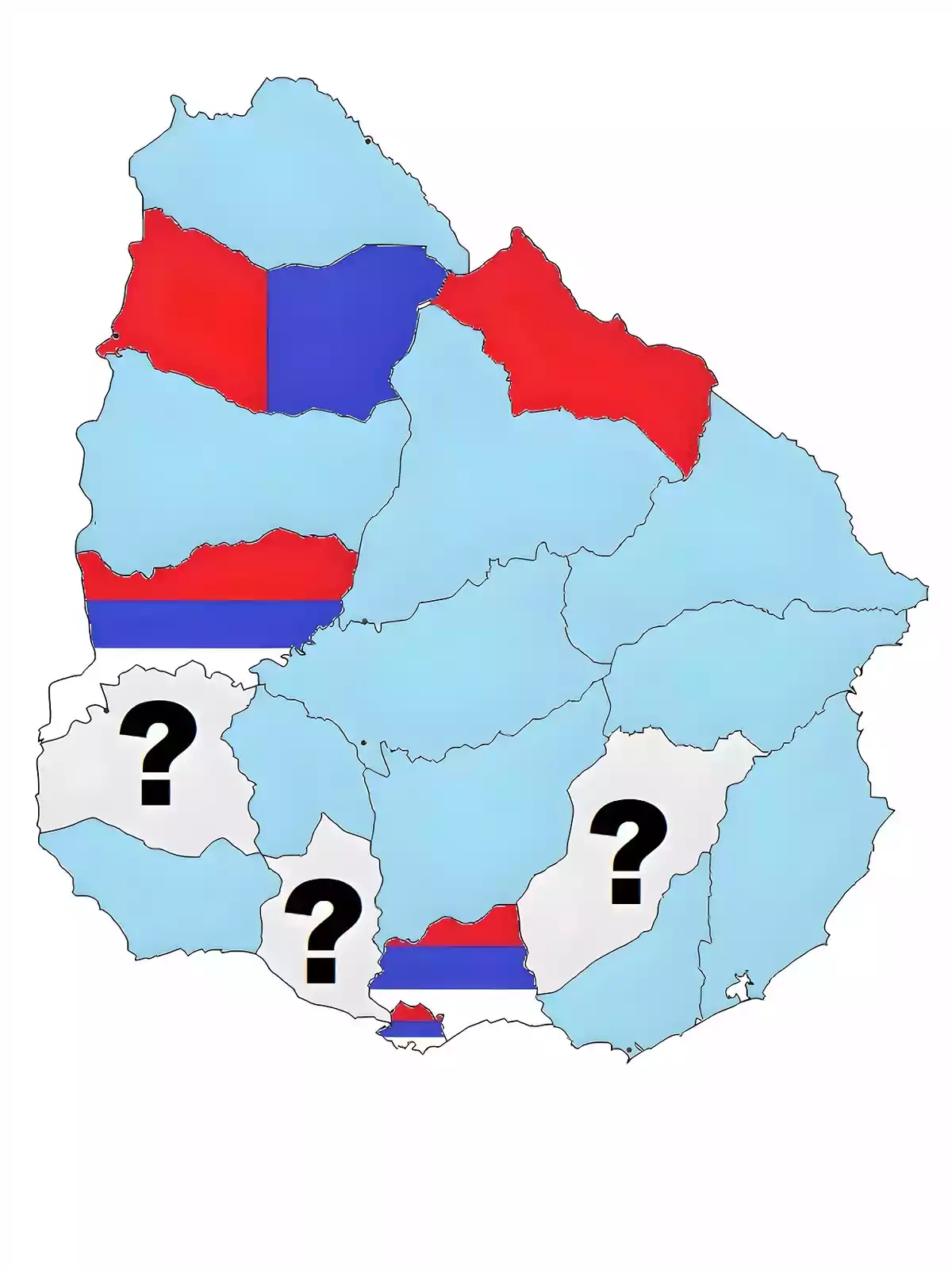
Uruguay decides 2025: the electoral battle for the departments and municipalities
In these elections, key positions at the departmental and municipal levels will be contested
On the next Sunday, May 11, 2025, Uruguay will hold its departmental and municipal elections, a key event in which 19 mayors, 589 councilors, 136 mayors, and 544 council members will be elected in the country's 19 departments and 136 municipalities.
As a side note, it is worth mentioning that this is a disproportionate number of Mayors, Municipalities, and Mayoralties for our territory and population, with an endless number of positions that imply archaic and costly structures for a country with a very diminished productive sector, which is a topic that should be debated at some point.
Current Situation
As dictated by the Uruguayan electoral regime since the 1996 reform, the departmental and municipal elections are held after the national electoral year of 2024, with a political scenario marked by the recent inauguration of Orsi as President, which has strengthened the FA after 15 consecutive years of government (2005-2020) and a brief interregnum of the Republican Coalition (CR), led by the National Party (PN), between 2020 and 2025.
In the 2020 municipal elections, the PN dominated by winning 15 departments, while the Colorado Party (PC) won one (Rivera) and the Broad Front (FA) won 3 (Montevideo, Canelones, and Salto). This result reflected the rise of the Multicolor Coalition (CR), but the outlook for 2025 seems more competitive.

Polls and Projections in Montevideo
Montevideo, the capital and most populous department, is the main stronghold of the FA, which has governed the mayoralty since 1989. Recent polls reflect a clear advantage of the FA over the CR, although internal competition among candidates within each bloc adds nuances to the scenario.
Remember that in the Departmental Elections, there is no runoff, it is a simple vote, where the votes are added to the most voted candidate of each slogan. In Montevideo, the Broad Front presents three candidates while the CR presents one candidate from the National Party, another from the Colorado Party, and another from Open Cabildo, all under the same slogan, to seek greater competitiveness.
Factum (May 2025): The latest Factum poll, published on May 6, indicates that the FA leads with 51% of the vote intention, while the CR reaches 41%. 6% would vote blank, null, or for other parties, and 2% remain undecided.
In terms of candidacies, Mario Bergara leads within the FA with 26-32%, followed by Verónica Piñeiro (9-12%) and Salvador Schelotto (4-6%).
For the CR, Martín Lema (PN) dominates with 29-31%, followed by Virginia Cáceres (PC) with 3-5% and Roque García (Open Cabildo) with 1-2%. Factum also highlights that 73% of Montevideans believe that the next mayor will be from the FA, including a high percentage of CR voters who anticipate a Broad Front victory.
Cifra (May 2025): According to a survey published on May 7 by Telemundo, the FA would obtain 51% of the votes, while the CR would reach 40%. This survey positions Mario Bergara as the favorite to become the next mayor, consolidating the perception of a solid advantage for the FA.
The current management of the Montevideo Municipality by the Broad Front has an approval of 40% and a disapproval of 55%, according to Factum. However, voters who disapprove of its management still plan to vote for the FA, suggesting that loyalty to the party outweighs criticism of the current administration.

Critical Aspects of the Management of the Montevideo Municipality by the Broad Front
The municipal management of Montevideo faces critical challenges in garbage collection and the general maintenance of the city in the aspects that are the responsibility of the IMM, which dominate citizen concerns and the 2025 electoral campaigns.
The city generates 1,200 tons of waste daily, but the collection system, with 13,000 containers and trucks operating 24 hours, suffers from overflowing containers, endemic dumps, and delays attributed to factors such as increased consumption, insufficient trucks, union measures, and the lack of a cultural change in the population.
The proposals of the Broad Front, inspired by the management of Canelones, aim at long-term solutions, but the opposition emphasizes criticism of inefficiency, focusing on multiple images showing the problem of dumps that almost no neighborhood in Montevideo escapes and the lack of solutions from the Broad Front, despite having long unfulfilled promises of more than three decades. In the case of Martín Lema, he proposes the privatization of waste collection, a proposal that we understand the CR should have emphasized more, but which nevertheless also faced internal criticism.
Another aspect for which the management of the Montevideo Municipality has been harshly criticized is its inability to address the poor maintenance of the city, evidenced in broken sidewalks, pothole-filled streets, and neglected public spaces that affect the quality of life of Montevideans.
Despite specific works on main avenues, the lack of coordination in infrastructure repair and the slowness in responding to complaints related to sidewalks and cleaning reflect inefficient administration.
This situation, exacerbated by the perception of widespread neglect that is amplified on social media, calls into question the Municipality's ability to ensure a passable and safe city, fueling citizen discontent and the opposition's promises of change in the 2025 elections.
Another aspect criticized by Martín Lema, candidate for the CR, is the excessive personnel available to the Montevideo Municipality, with criticism of inefficient use of human resources, leading to excessive overtime.
You might also be interested in: Scandal over overtime in the Municipality shakes Montevideo
In addition to the election of the Municipal Mayor, in Montevideo, 8 Municipalities are elected, dividing the Department into zones, from A to G, and depending on whether they are from the East or the West of the City, there are those who are more favored. On the East side, the Republican Coalition appears as the favorite, and within the CR, the National Party, with the election in Municipality CH standing out, where the only serious proposal appears to be from Javier Barrios Bove, while in the Municipalities that are from the West, the Broad Front appears as the favorite.

Another Key Election: Canelones
The second most populous department, Canelones, has been dominated by the FA since 2005. Canelones is a key department where the FA seeks to maintain its hegemony after Yamandú Orsi's departure to the Presidency of the Republic, after being Mayor for two terms, from 2015 to 2020 and 2020 to 2024.
Francisco Legnani has been proposed as the FA candidate, while the CR opted to go under the same slogan with: Sebastian Andujar (National Party), Alfonso Lerete (National Party), and Walter Servini (Colorado Party), to compete with the Broad Front, which is initially the favorite according to the polls.
Other Important Departments with Open Endings
Salto: It is one of the most open and uncertain elections. The Broad Front has two consecutive victories by Andrés Lima in 2015 and 2020, but his management has been highly questioned. In the second round of the 2019 National Election, Lacalle Pou surpassed Daniel Martínez in Salto by almost 5000 votes, while in 2024, Yamandu Orsi did so over Delgado by 500 votes.
The result is completely open and it is a key department to mark territory, to the point that both sides went all out and Yamandú Orsi and Lacalle Pou went to support their candidates.
For the FA go Álvaro Lima, Ramón Fonticiella, and Gustavo Chiriff, while for the CR go Carlos Albisu (PN) and Marcelo Malaquina (PC)
Lacalle Pou seeks for Salto to be a test case, to consolidate the Republican Coalition (CORE) as a way to compete in the future, in the style of Together for Change in Argentina.
Río Negro: This coastal department is one of the most competitive. Here the CR doesn't go together, but separately, so the votes do not accumulate, which favors the Broad Front.
According to a survey by Ágora (February 2025), the FA led with 40% compared to 30% for the PN, and the disapproval of 63% with the current mayor Omar Lafluf, from the National Party, opens a favoritism for the Broad Front, although it should be noted that Alvaro Delgado obtained almost 1500 more votes than Yamandú Orsi in the second round of 2024, so the ending is open.
For the FA go: Guillermo Levratto, Sergio Milessi, and Oscar Terzaghi. For the PN go José Amado, Hernán Gody, and Mercedes Long. With fewer chances go for the PC Gualberto Carminatti and for CA Cristian Nidegger.
Maldonado:
It is a key Department, as Punta del Este is located there, the most important department in Uruguay in terms of tourism.
Except for 2005-2010, where due to the momentum of the Election, the Broad Front won several Departments, including Maldonado with Oscar de los Santos, Maldonado has been dominated by the National Party, which comes with two periods considered successful by Enrique Antía, being one of the cleanest departments on the continent.
With Antia's momentum, Miguel Abella is the favorite to become the next mayor and proposes a continuation of his predecessor's management. Internally, he competes with Rodrigo Blas, from Herrerismo. The votes accumulate for the one with the most votes within the slogan, but the Coalition goes separately and doesn't accumulate votes.
Abella has internal competition but must not neglect the external one with the Broad Front, which goes with three candidates who accumulate votes among themselves: Susana Hernandez, Eduardo Antonini, and Oscar de los Santos.
On the side of the PC goes Bethy Molina with fewer chances, and the scene is completed by Popular Assembly with Carlos Perez.
It should be remembered that, as in all Departments, the Mayoralties are also elected, and the one in Punta del Este, given that it is a city with a tourist reference, is very important. Rolando Rozenblum, candidate for the National Party (list 28-CH, sector Todos por Maldonado), emerges as a figure with probabilities of becoming mayor. His trajectory as a businessman gives him a solid base to compete in a high socioeconomic profile municipality. Rozenblum, backed by deputy Diego Echeverría and mayoral candidate Miguel Abella, has built a participatory campaign, highlighted by a massive closing caravan and proposals focused on reducing the cost of living, professionalizing municipal management, and preserving the identity of Punta del Este. Rozenblum expressed his affinity with aspects of Milei's model.
Colonia: It is another important department, given its tourist influence as a gateway to Uruguay from Argentina.
It is a territory historically dominated by the National Party, which seeks to retain it, with candidate María de Lima, competing with great chances internally against the official candidate Guillermo Rodriguez and against the FA candidates: Nicolas Viera and Carlos Fernandez. The Colorado Party competes outside with Daniel Palomares, as well as Popular Assembly with Daniel Rey, both with little chance of winning.
Rocha: Rocha has seen alternation between the FA, the PN, and the PC since 1985. Here the CR doesn't go united, so the votes do not accumulate.
Alejo Umpiérrez (PN) seeks re-election but faces internally Eduardo Píriz, Néstor Fernandez, and Eduardo Píriz.
The FA, with a history of consecutive victories (2005-2015), aims to regain ground with Flavia Coelho and Anibal Pereyra.
The PC appears with fewer chances, going with Roberto Mendez and Patricia Sanchez as candidates.
Final Numbers
According to analyst Bruno Vuan (@BrunoVuan):
National Party (PN): Retains 11 Departments (29% of the population).
Broad Front (FA): Montevideo, Canelones, and Río Negro. (56% of the population).
Colorado Party (PC): Retains Rivera
Republican Coalition (CR): Would obtain Salto
Uncertain: Soriano, San José, Lavalleja

More posts: